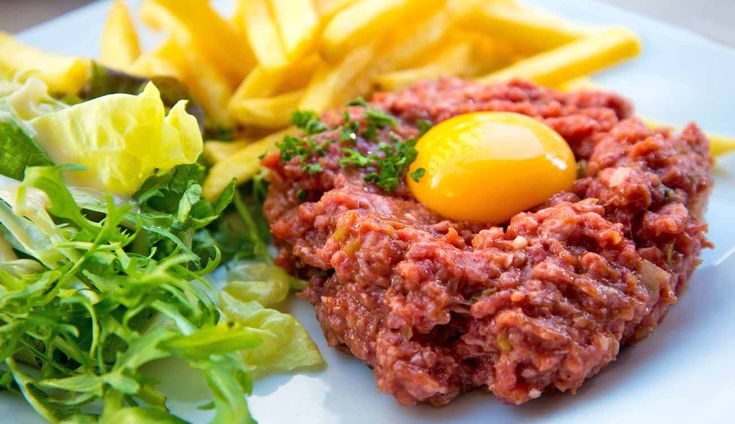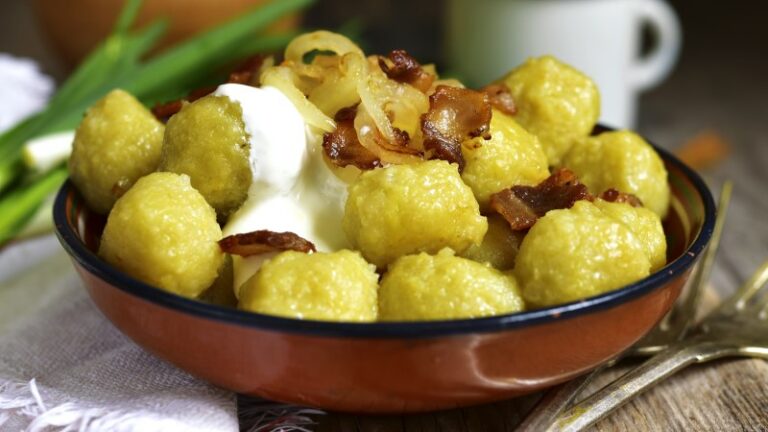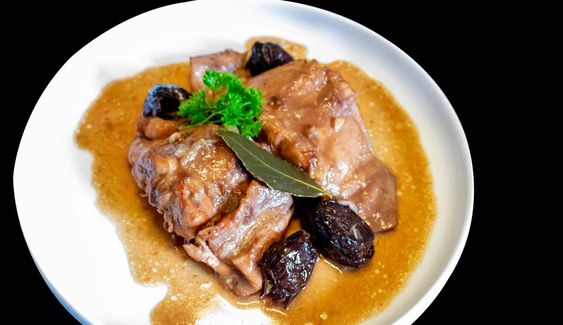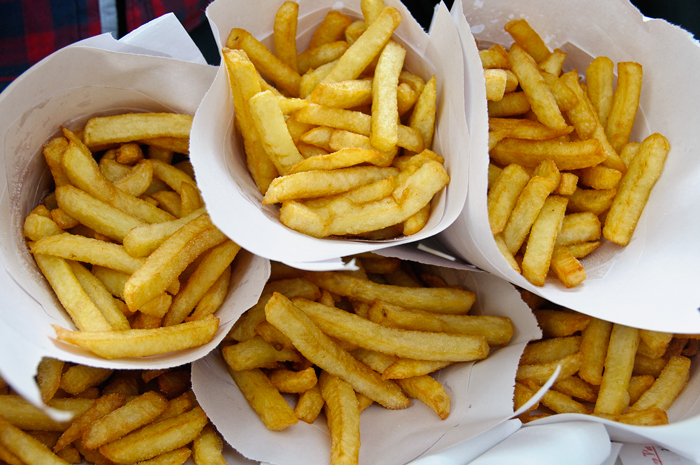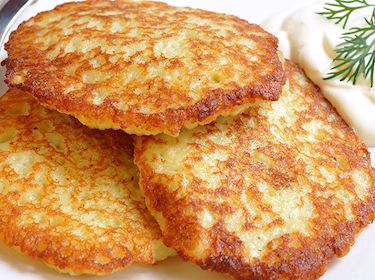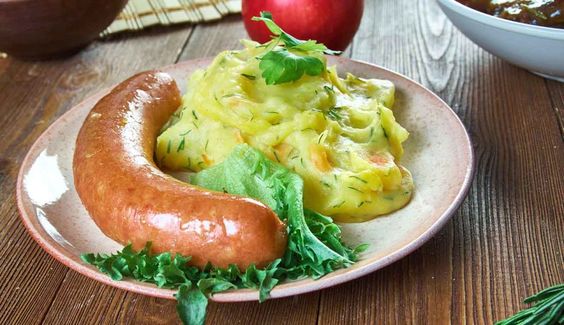Introduction: Belgian cuisine and its neighbors
Belgian cuisine is often associated with its famous waffles, delicious chocolates, and exquisite beers. However, it is much more than that. Belgian cuisine is a fusion of various European influences due to Belgium’s location at the crossroads of Western Europe. The country shares borders with France, the Netherlands, Germany, Luxembourg, the United Kingdom, and Switzerland, making it a melting pot of cultures, traditions, and flavors.
French influence on Belgian cuisine
Belgium was under French rule for many years, and therefore, French cuisine has a significant impact on Belgian dishes. For instance, Belgian cuisine includes dishes such as moules-frites, which is a dish of mussels and fries that has a distinct French influence. Also, the use of sauces and herbs in Belgian cuisine can be traced back to French cuisine. Additionally, several Belgian dishes, such as waterzooi, carbonnade flamande, and chicons au gratin, have roots in French cuisine.
Dutch influence on Belgian cuisine
Belgium shares a long and complex history with the Netherlands, and this has led to Dutch influences on Belgian cuisine. One of the most famous Dutch contributions to Belgian cuisine is the Belgian stamppot, which is a dish of mashed potatoes and vegetables. Additionally, Belgian cuisine is heavily influenced by Dutch cheese. The use of cheese in Belgian cuisine can be traced back to the Dutch, who introduced their cheese to Belgium.
German influence on Belgian cuisine
Belgium shares a border with Germany, and therefore, German cuisine has had a considerable impact on Belgian food. For instance, the use of sausages and sauerkraut in Belgian cuisine can be traced back to German influences. Additionally, Belgian beer has a long history of German influence, with many of the famous Belgian beer styles, such as lambics, saisons, and dubbels, having roots in German brewing techniques.
Luxembourgish influence on Belgian cuisine
Luxembourg and Belgium have a shared history, and this has led to Luxembourgish influences on Belgian cuisine. For instance, the famous dish of judd mat gaardebounen, which is smoked pork collar with broad beans, has its roots in Luxembourgish cuisine. Additionally, the use of potatoes and cabbage in Belgian cuisine can be traced back to Luxembourgish influences.
British influence on Belgian cuisine
Belgium and the United Kingdom have a long and complex history, and this has led to British influences on Belgian cuisine. For instance, the use of beef in Belgian cuisine can be traced back to British influences. Additionally, the use of gin in Belgian cocktails can also be traced back to British influences, as gin was first introduced to Belgium by the British.
Swiss influence on Belgian cuisine
Switzerland and Belgium share a border, and this has led to Swiss influences on Belgian cuisine. For instance, Swiss cheese has had a significant impact on Belgian cuisine, with Gruyere cheese being used in several Belgian dishes. Additionally, the use of chocolate in Belgian cuisine can be traced back to Swiss influences, as Switzerland is famous for its chocolate.
Conclusion: A melting pot of flavors in Belgian cuisine
Belgian cuisine is a testament to the country’s rich history and cultural diversity. The cuisine is a fusion of various European influences, with each neighboring country contributing its flavors, traditions, and techniques. From French sauces to Dutch cheese, German beer to Luxembourgish meat dishes, British beef to Swiss chocolate, Belgian cuisine is a melting pot of flavors that is unique and diverse.

